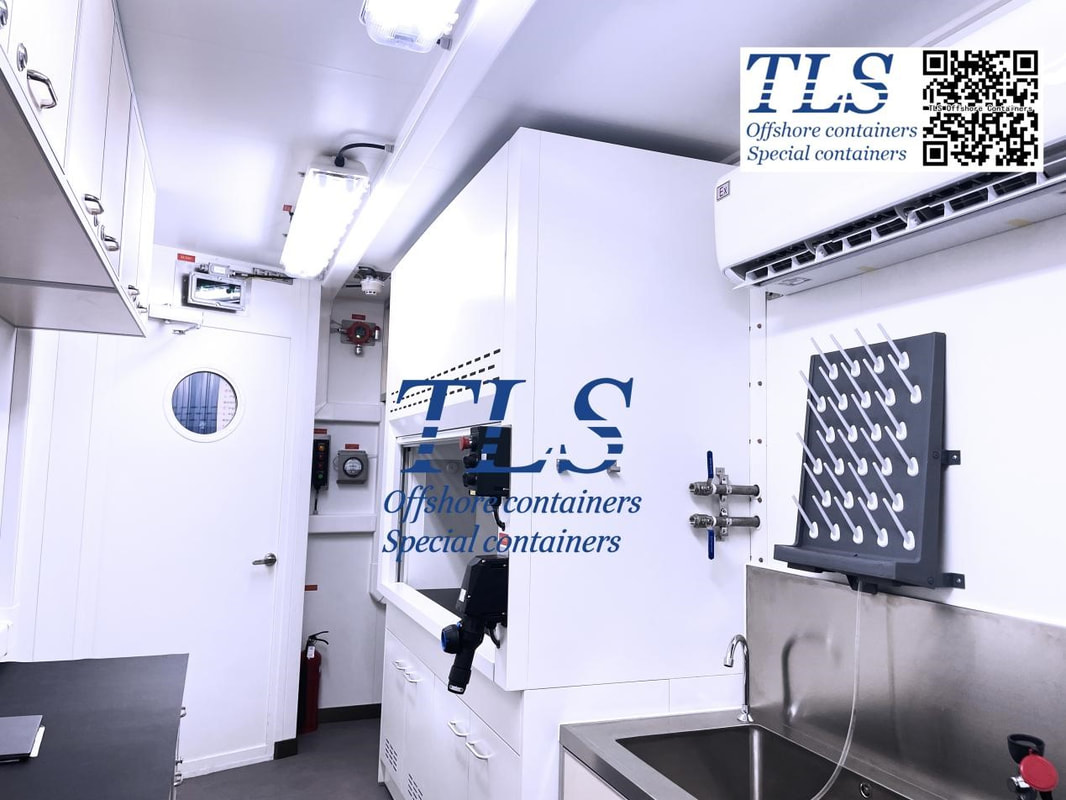|
In the realm of laboratory research, maintaining safety and preventing substance leaks are paramount concerns. Negative pressure laboratory containers offer an innovative solution by creating a controlled environment that prevents hazardous materials from escaping into the surrounding area. However, the safety of the external environment becomes crucial for the proper functioning of negative pressure laboratory containers. Any potential presence of hazardous substances or contaminants in the external environment can impact the operation of these containers and compromise experimental integrity. Ensuring Safety of the External Environment: When selecting the environment for implementing negative pressure laboratory containers, ensuring the safety of the external surroundings is of utmost importance. This process involves carefully selecting suitable locations, conducting assessments of the surrounding environment's safety, and implementing necessary protective measures to prevent the ingress of external pollutants. Training for Personnel: Personnel involved in the operation of negative pressure laboratory containers should receive comprehensive training to understand proper usage and maintenance protocols. This ensures their competence in operating and maintaining the containers, leading to the containers' effective functioning, optimal safety, and reliability. TLS Container Configuration: TLS offers negative pressure containers equipped with two fans - a small fan for normal operation and a large fan for emergency situations. When either fan is activated, it creates a negative pressure environment inside the container. In normal mode, when only the small fan in the ventilation cabinet is operating, the internal pressure ranges from -30 to 40 Pa, ensuring regular ventilation within the container. In case of low-level alarms triggered by combustible gases or H2S, the external fan automatically activates, resulting in an internal pressure of approximately -130 Pa, signifying an emergency state. The system automatically shuts off the external fan when the gas concentration falls below the set threshold. However, if the gas concentration does not decrease, a high-level alarm for combustible gases or H2S is triggered. After a 10-second alarm period, the container's power supply is disconnected as a safety precaution. The safety of the external environment is a crucial aspect when implementing negative pressure laboratory containers. By ensuring the external surroundings are secure, the containers can effectively prevent substance leaks and safeguard experimental outcomes. Adequate training for personnel and adherence to safety protocols further enhance the containers' functionality and protect the well-being of both personnel and the environment. For any inquiries or further information regarding negative pressure containers, please feel free to contact us. Comments are closed.
|
Archives
July 2024
Categories
All
|
- Home
-
Containerised solutions
- Intelligent pressurised container | MUD logging cabin
- Battery energy storage system (BESS) container
- Flexible grid tied battery storage system
- Laboratory container | workshop container | Equipment containers
- Temporary refuge shelter | Toxic gas refuge | Safe haven
- Offshore accommodation cabin | office container
- Reefer container | Refrigerated container
- Intelligent waste water treatment container
- Fresh water generator container
- Cargo Containers
- Product photos & videos
- News & Blogs
- Contact us
|
Featured products
Intelligent pressurised container Temporary refuge (TR) shelter, toxic gas refuge (TGR) Battery energy storage system (BESS) container Containerised waste water treatment plant Fresh water generator container Reefer container Laboratory container, Workshop container Accommodation container Offshore closed container |
All Rights Reserved 2020 © TLS Offshore Containers / TLS Energy
|

